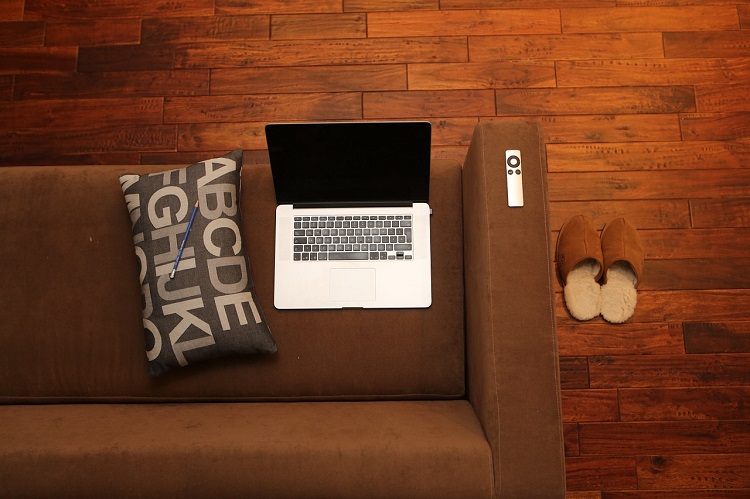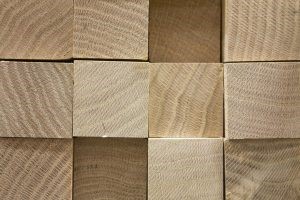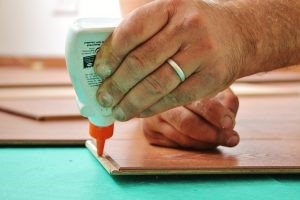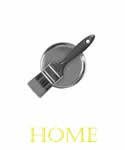How to choose flooring - A step by step guide

Once you attempt to choose flooring for your home, you will see just how many different options there are. From concrete, ceramics, and porcelain to hardwood, Brazilian cherry, and different laminates. The options and the combinations are almost endless. So, how are you to wrap your mind around this and find the type of floor that will suit your home design? Well, that is what we are here to help you with.
Step 1: Which rooms are you flooring?
The first thing to consider is where you are going to install your floor. Bathrooms and basements aren't suited for wood flooring as they have a high moisture rate. So, if you are flooring a bathroom, you will need to consider flooring that is either made from ceramic or plastic. If you are flooring a garage, you should consider what purpose will it serve. The general rule of thumb is to use concrete with some tiles or mats. For any other room, wood will do just fine.
Step 2: Who do you live with?
The next thing to consider is who you live with. Even if you have the money to get an exotic floor, it won't do you much good if you live with pets or kids. While you can pack breakable things with ease and put them in storage, you simply cannot protect your floor after you've set it up. So, you need to look for durable flooring right of the bat. Choose flooring like park vinyl flooring, laminate flooring or even ceramic tiles. If you do choose to go with wood, make sure to get the one that is high in durability and that has a suitable finish for your situation.

Step 3: What is your budget?
Your budget will play a big role in choosing the flooring for your home, especially if you plan on remodeling your entire home. This is why the second step is to determine how much you are willing to spend per square foot.
- Less then £2 - If you are going for bellow £2, you can only go with laminate or ceramic or porcelain tiles. Both of these flooring options can be quite beautiful. But, they can never be a true substitute for genuine wood.
- Between £2 and £5 - This price range is the most common one, as it allows for some good quality local wood. You can get solid hardwood (if you are in the U.S. Oak or Walnut is the preferred choice). If you wish, you can still go for laminate flooring, as in this price range you will find some truly beautiful stuff.
- £5 and more - Here we come to exotic woods. If you really want to make your home shine - this is the price range for you. Mahogany, Brazilian cherry, Kempas, Ipe, Teak. All of them are quite beautiful. But can be quite expensive.
Step 4: Choosing the wood
If you've already decided that you are not going to choose flooring that is made out of wood, you can feel free to skip this step. But, if you've decided to go with wooden flooring, there are a couple of important things to consider.

Solid VS Engineered Flooring
Engineered flooring is when manufactures place a layer of hardwood over materials that are designed to prevent floor from shifting or getting damaged. In essence, you can imagine it as a sandwich that has a top layer made out of a hardwood. The biggest downside is that the hardwood top can come too thin. So thin that the floor can’t get sanded or refinished in the future. This is why some people still choose flooring made from solid wood.
Wood types
As we mentioned before, the most common type of wood used for flooring in the U.S. is Oak and Walnut. While every wood has its own pros and cons, Oak and Walnut tend to give you the best quality to price ratio. Walnut tends to be a bit softer than Oak. But, it does come in a naturally darker shade. This allows it to combine well with certain rooms that have a calmer, deeper feel to them. Alongside Oak and Walnut, you will easily find cherry, hickory, maple, and ash. While there are other woods that make your home look more exotic, these are the most common types in the U.S.
Step 5: Are you going to hire professionals?
Hiring professionals or not can make quite a big difference when it comes to the cost of flooring. For some floors, the installment alone is half the price. So, you should definitely consider a DIY floor installation. Plain vinyl flooring and laminate flooring, for instance, are easy to install, even for an amateur.

On the other hand, if you go with hardwood or engineer wood, you should hire professionals. Wooden floors require tools and skills to be properly installed into a home. Prefinished wood floors are a bit easier to install since you don't have to deal with oil finishes. But site finished wood is almost impossible to deal with without the necessary skills and experience.
Step 6: What finish will you use?
If you decide to hire a professional, you will be able to choose any type of finish you want. And, as you will soon learn, there is a whole spectrum of finishing products for you to choose from. But, to keep it simple, we are going to separate them into two categories.
- Oil finishes - Oil finishes penetrate the wood and give it a bit more softness. The biggest downside to them is that they are susceptible to wear and tear. On the other hand, oil finish touch us is much easier.
- Polyurethane - Polyurethane creates a top layer on the surface of the floor. It is much more resilient to tear, which will be useful if you have kids or pets. But, if you do have to repair it, you either need to replace a board or recoat an entire section.








